In the ever-surprising realm of the animal kingdom, peculiar behaviors often leave us wide-eyed and questioning our own understanding of nature. Let’s dive into the wild world of bizarre animal instincts that, when unpacked, reveal a logical, if not genius, underpinning. From the depths of the ocean to the skies above, these creatures have evolved strategies that ensure survival and success. You might find yourself marveling at the ingenuity of our planet’s non-human inhabitants.
1. Dolphins Use Sea Sponges As Tools

Dolphins are known for their intelligence, and their use of sea sponges is a testament to their innovative problem-solving skills. In the waters off Western Australia, bottlenose dolphins have been observed carrying sea sponges on their snouts. This unique behavior, known as “sponging,” is believed to protect their beaks as they forage for food on the ocean floor. According to The Atlantic, this tool use is a cultural trait passed down through generations, highlighting the complexity of dolphin society.
This behavior is fascinating because it shows non-human animals engaging in a form of culture, similar to humans. Dolphins that use sponges are often more successful in finding food, particularly in areas where prey is scarce or hidden. The ability to adapt and use the environment creatively provides these dolphins with a distinct survival advantage. It’s a brilliant example of evolution in action, where necessity breeds not just invention, but cultural transmission.
2. Cuttlefish Camouflage And Cross-Dress
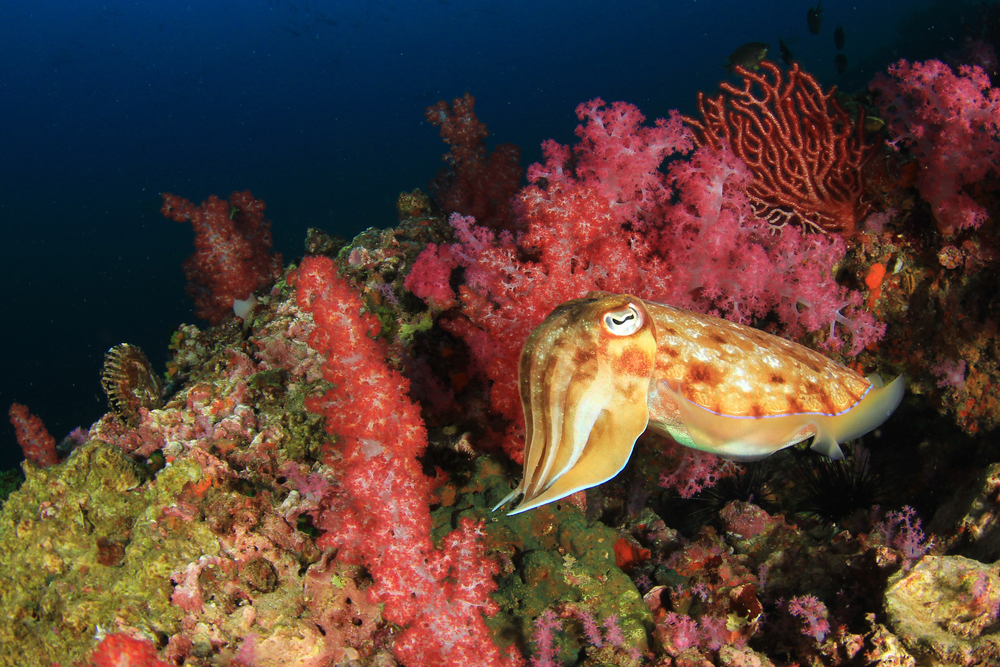
Cuttlefish are not just masters of disguise; they take it to another level with their gender-bending displays. When competing for a mate, some male cuttlefish will deceptively take on the appearance of a female. By doing so, they can sneak past larger, more dominant males and get closer to potential mates. Live Science discusses how this cunning strategy is a superb example of evolutionary tactics.
The male cuttlefish’s ability to change both color and texture enables this remarkable transformation. It’s a cunning way to bypass direct confrontation and increase their chances at reproduction. This adaptation also speaks to the cuttlefish’s incredible neurological development, allowing them to manipulate their appearance with finesse. In the fluid dynamics of ocean life, this shape-shifting prowess is nothing short of extraordinary.
3. Bowerbirds Build Extravagant Bachelor Pads
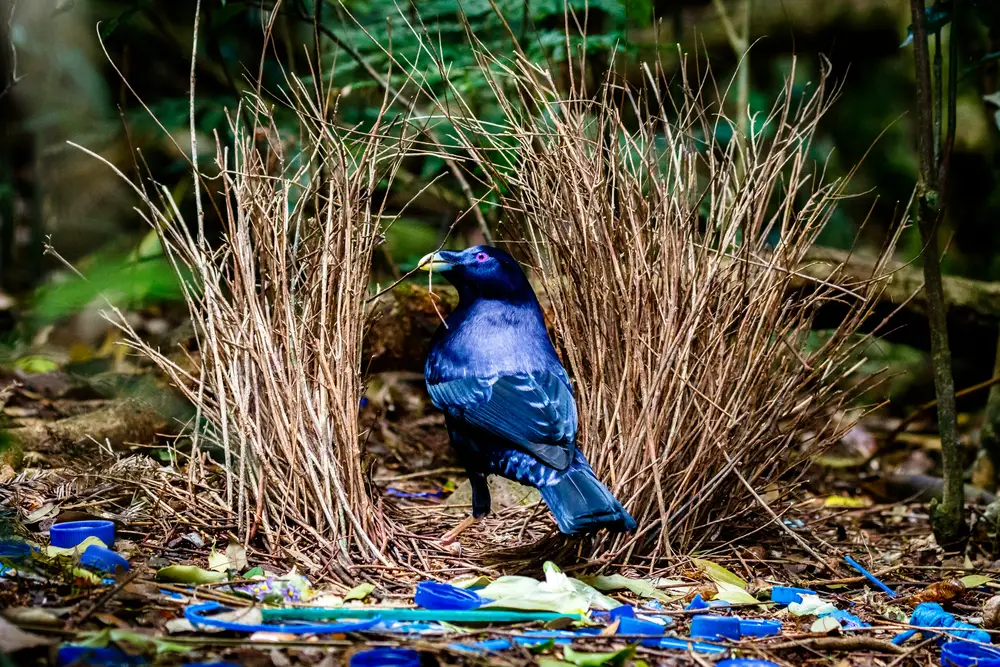
In the dense forests of Australia and New Guinea, bowerbirds demonstrate that architecture is not just a human endeavor. Male bowerbirds construct elaborate structures, known as bowers, to attract mates. These structures are adorned with colorful objects like flowers, berries, and even bits of plastic, carefully curated to appeal to the discerning eyes of female bowerbirds. According to the American Museum of Natural History, the more impressive the bower, the better the chances of attracting a mate.
What’s fascinating is the level of detail and care that goes into these builds, showcasing the bowerbird’s eye for aesthetics. This instinctual behavior highlights the importance of visual appeal in the animal kingdom and mirrors the complexities of human courtship rituals. It’s not just about survival but about thriving and succeeding in the game of life. The creativity and effort put into these structures reflect a deep-seated evolutionary trait focused on reproductive success.
4. Penguins’ Winter Egg Incubation
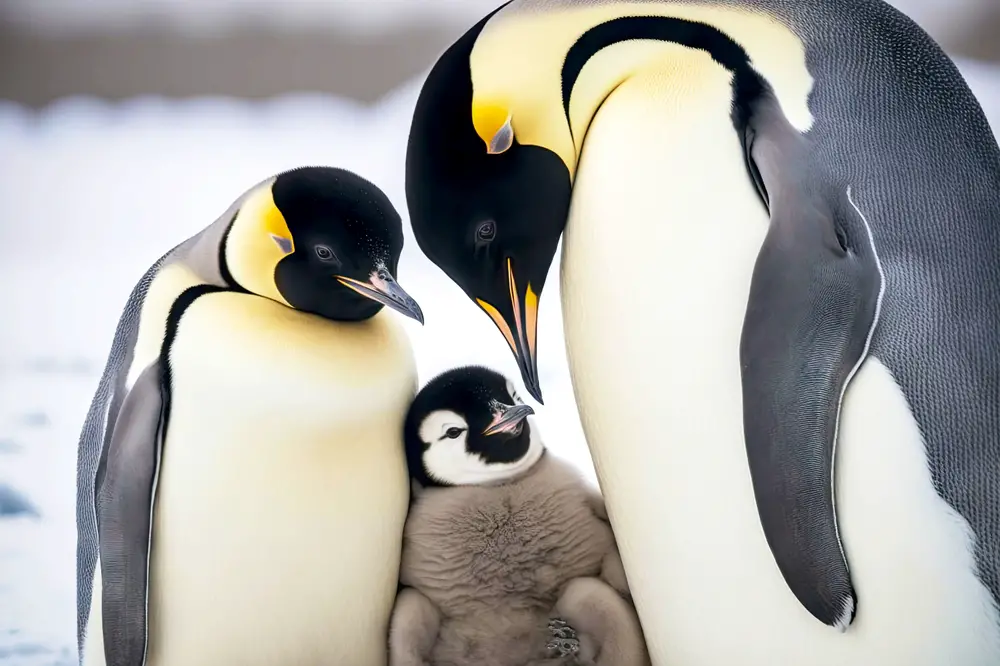
In the harsh Antarctic winter, emperor penguins showcase a remarkable strategy for survival that defies the elements. Male penguins endure extreme cold while incubating their eggs on their feet, covered by a flap of skin called a brood pouch. This incredible display of endurance ensures that the egg remains warm and protected from the freezing temperatures. During this period, males huddle together in large groups, sharing body heat and braving the storm.
The dedication of these penguins is a testament to the power of parental investment in the animal world. While the males incubate the eggs, female penguins are off hunting for food, returning in time to nourish their chicks. This division of labor highlights an instinctual balance of responsibilities that maximizes the survival chances of their offspring. In a world where survival hinges on cooperation, the emperor penguin’s instinctual behavior exemplifies the strength found in unity.
5. Bees Communicate Through Dance
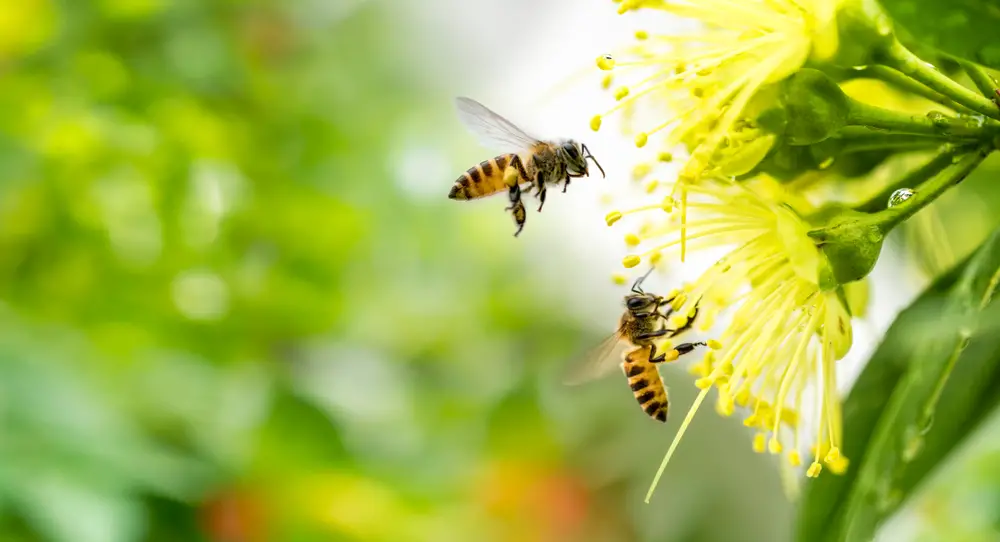
Bees possess a unique form of communication that elevates their status as nature’s diligent architects. Known as the “waggle dance,” this behavior is used by forager bees to inform others about the location of food sources. The dance involves a series of movements that convey direction and distance relative to the sun. This sophisticated dance language ensures the efficient collection of nectar and pollen, crucial for the hive’s survival.
The waggle dance is a fascinating intersection of instinct and communication, highlighting the bee’s role in maintaining ecological balance. It demonstrates a remarkable level of social organization and cooperative behavior. Given the complex structure of bee societies, this form of communication is essential to their success and continuity. The precision and effectiveness of this dance illustrate the intricate web of interactions that define the natural world.
6. Migratory Birds’ Navigational Genius

Migratory birds embark on epic journeys, often spanning thousands of miles, guided by an innate sense of direction. These avian travelers utilize a range of natural cues such as the earth’s magnetic field, the position of the sun, and even the stars. This navigational prowess is a breathtaking example of instinctive behavior honed over millennia. It ensures their survival by allowing access to breeding grounds and food sources across vast distances.
The complexity of bird migration is a reminder of the wonders of the natural world and its evolutionary marvels. This instinctual journey involves incredible endurance and strategic planning, with species adapting their routes in response to environmental changes. The phenomenon of migration reflects an inherent resilience and adaptability. In the grand tapestry of life, migratory birds are a testament to nature’s incredible ingenuity.
7. Octopuses’ Tactical Ink Release
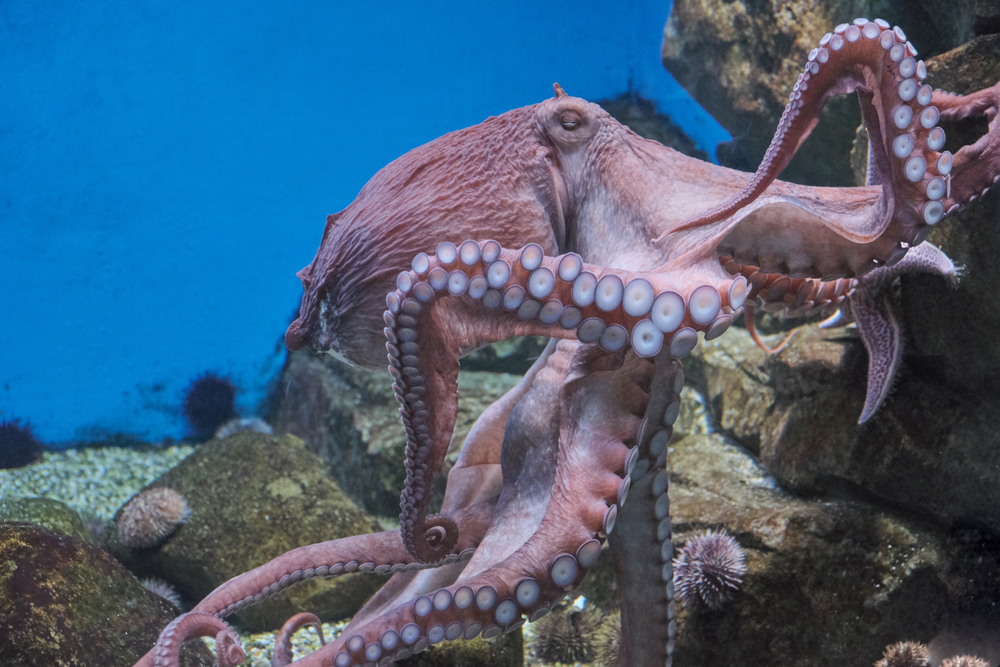
In the ocean depths, octopuses wield their inky defense mechanisms with artistic flair. When threatened, they release a cloud of ink that serves both as a smokescreen and a decoy. This clever tactic allows them to escape predators, showcasing their remarkable problem-solving skills. The ink not only obscures vision but can also interfere with a predator’s sense of smell, adding another layer of defense.
Octopuses are known for their intelligence, and this behavior exemplifies their ability to adapt and survive. Their use of ink is a testament to the octopus’s evolutionary sophistication and creative survival strategies. This instinctual behavior underscores their reputation as some of the ocean’s most cunning creatures. The ability to wield such a multi-functional defense mechanism highlights the complexity and versatility of marine life.
8. Prairie Dogs’ Social Structures
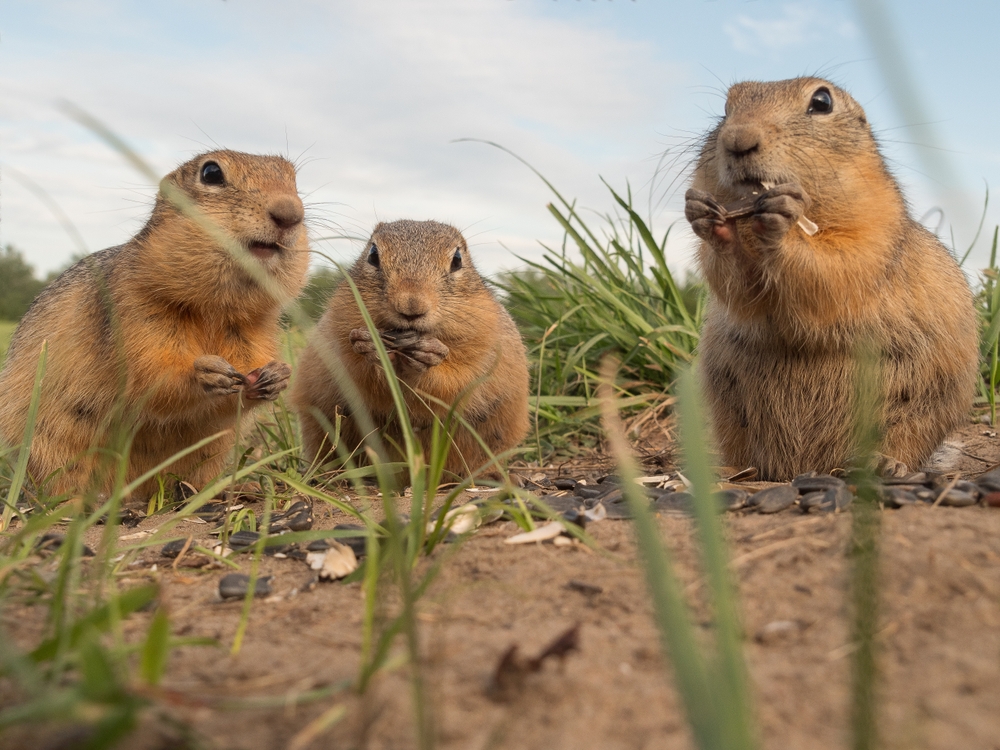
Prairie dogs are not just adorable critters popping out of burrows; they are architects of complex social communities. Living in towns that can span acres, these rodents exhibit a highly organized social structure. Their communication is intricate, consisting of a series of chirps and calls that convey danger and other social cues. This complex language and community living are vital for their survival against predators in the expansive plains.
Their sociability is a fascinating example of how cooperation can enhance survival rates. By living in large groups, prairie dogs can better detect and ward off potential predators. This communal lifestyle also aids in raising offspring, with group members often taking part in protective behaviors. The intricate social dynamics of prairie dogs highlight the evolutionary advantages of living in tightly knit communities.
9. Sea Turtles’ Natal Homing
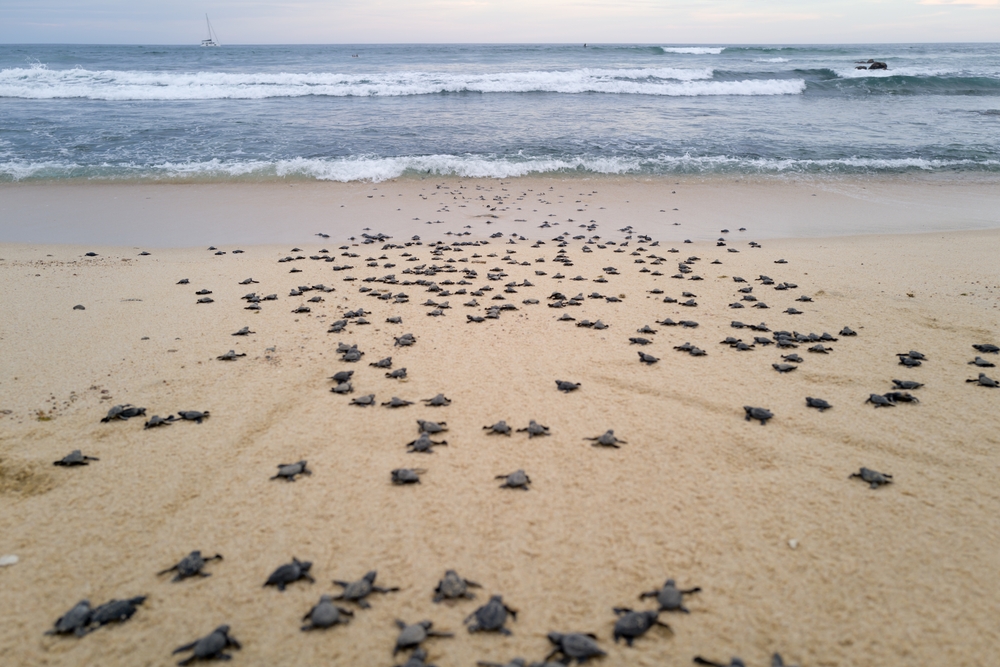
Sea turtles exhibit an astounding instinct known as natal homing, returning to the exact beach where they were born to lay their own eggs. This behavior is driven by an internal compass that guides them across vast oceans with remarkable precision. The journey these turtles undertake is both perilous and awe-inspiring, covering thousands of miles to fulfill their reproductive cycle. It showcases a deep connection to their birthplace, encoded in their very DNA.
This incredible navigation ability is a testament to the sea turtle’s evolutionary perseverance and resilience. The instinct to return to their natal beach ensures the continuity of their species, despite the myriad challenges they face. It’s an elegant example of nature’s finely tuned mechanisms working in harmony with environmental cues. The enduring mystery of sea turtle migration continues to captivate scientists and nature enthusiasts alike.
10. Elephants’ Mourning Rituals
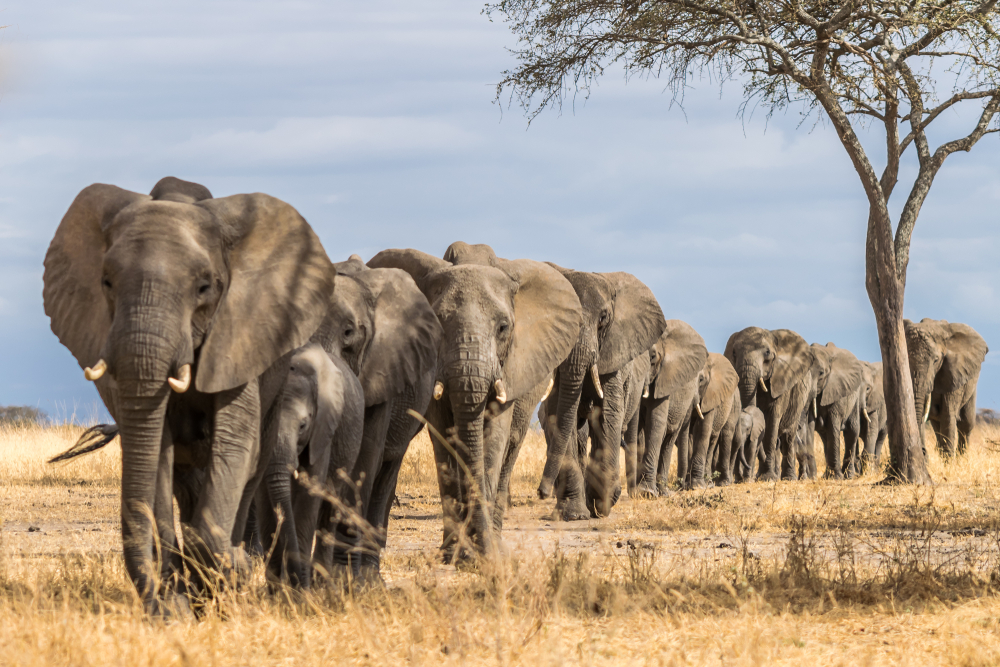
Elephants are known for their intelligence and emotional depth, particularly when it comes to mourning their dead. When a member of their herd dies, elephants have been observed exhibiting behaviors that suggest grief and mourning. They often touch and caress the bones of the deceased, and some elephants have been known to stay with the body for several days. This behavior indicates a profound emotional awareness and complex social bonds.
These rituals highlight the cognitive and emotional complexities present in elephant societies. It showcases their capacity for empathy and reflects the deep familial and social connections within a herd. The mourning rituals provide insight into the sophisticated social dynamics and intelligence of these majestic creatures. This instinctive behavior serves as a poignant reminder of the emotional lives present in the animal kingdom.
11. Ants’ Farming Practices

Long before humans mastered agriculture, ants were already farming. Certain ant species have developed symbiotic relationships with aphids, effectively “farming” them for their honeydew. The ants protect the aphids from predators and, in return, harvest the sugary substance they secrete. This mutualistic relationship is a remarkable example of instinctive cooperation between different species.
The ants’ farming practices demonstrate an advanced level of planning and resource management. It reflects their ability to manipulate and cultivate their environment to ensure the survival of their colony. This behavior showcases the intricate relationships that can evolve between species, driven by instinctual needs. The complex social organization of ants is a testament to their evolutionary success and adaptability.
12. Arctic Foxes’ Seasonal Camouflage
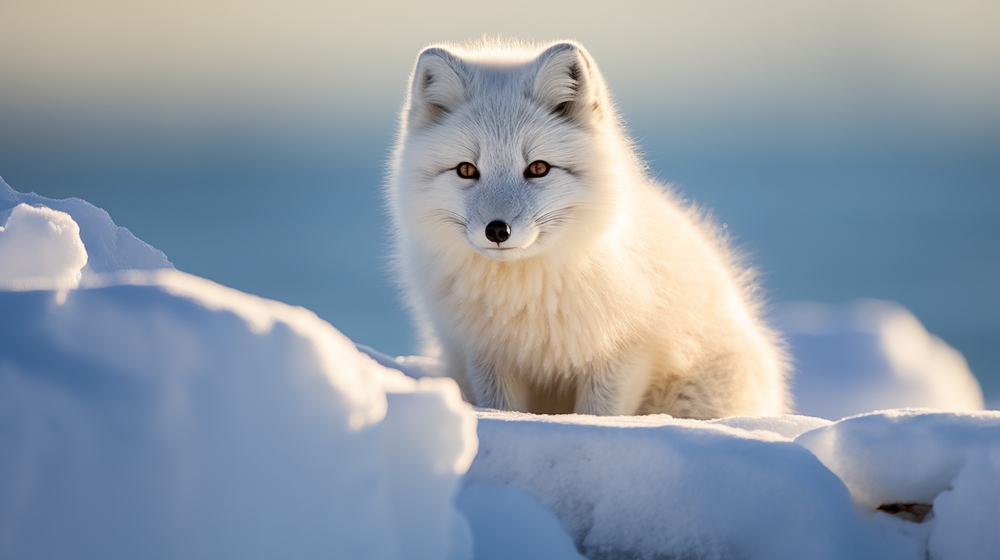
Arctic foxes possess an extraordinary ability to change their fur color with the seasons, ensuring year-round camouflage. In winter, their fur turns white, blending seamlessly with the snow and ice of their frigid habitat. As the seasons shift, their coat transitions to brown or gray, matching the tundra’s summer landscape. This adaptive change is a crucial survival mechanism, allowing them to avoid predators and sneak up on prey.
The seasonal color change of the Arctic fox is a striking example of nature’s adaptive strategies. It highlights their ability to respond to environmental cues and maintain an advantage in the harsh Arctic conditions. This instinctive behavior is a beautiful illustration of evolution’s delicate balance, fine-tuned over millennia. It serves as a reminder of the intricate and interconnected processes that define life on Earth.
13. Meerkats’ Sentinel Duties
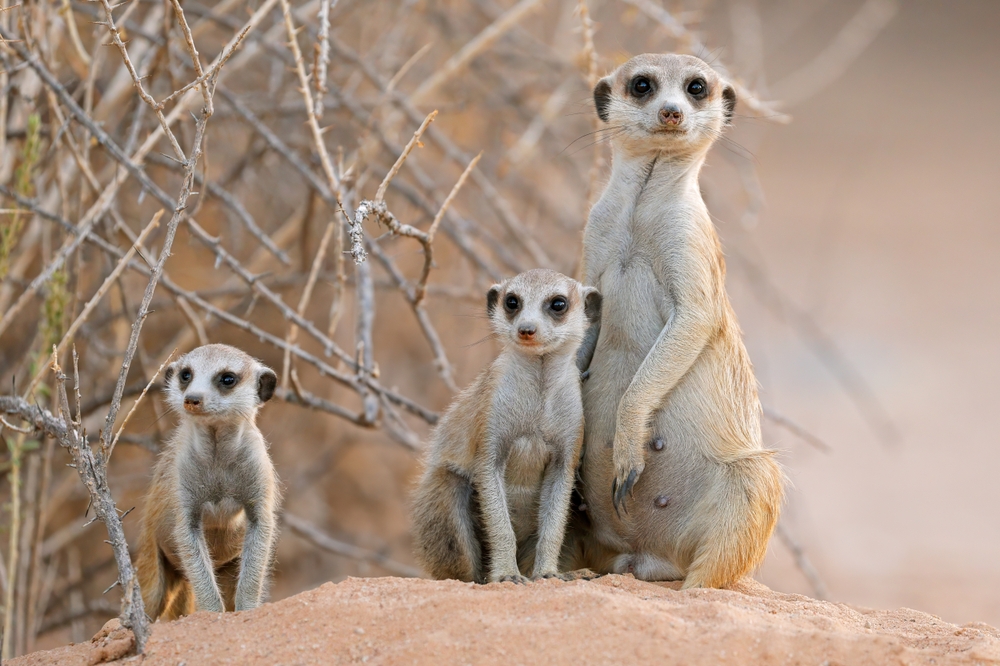
Meerkats live in highly organized social groups where cooperation is key to their survival. One of their most fascinating behaviors is the appointment of a sentinel, a meerkat that stands guard while others forage for food. This sentry watches for predators and alerts the group with a distinctive call if danger approaches. It is an instinctual strategy that enhances the safety and efficiency of their daily activities.
The role of the sentinel highlights the importance of division of labor within meerkat societies. It showcases their reliance on teamwork and communication to thrive in the competitive desert environment. This instinctive behavior ensures that the group can focus on foraging without constant worry about predators. The social structure of meerkats is a compelling example of the evolutionary advantage provided by cooperative living.
14. Vampire Bats’ Blood Sharing
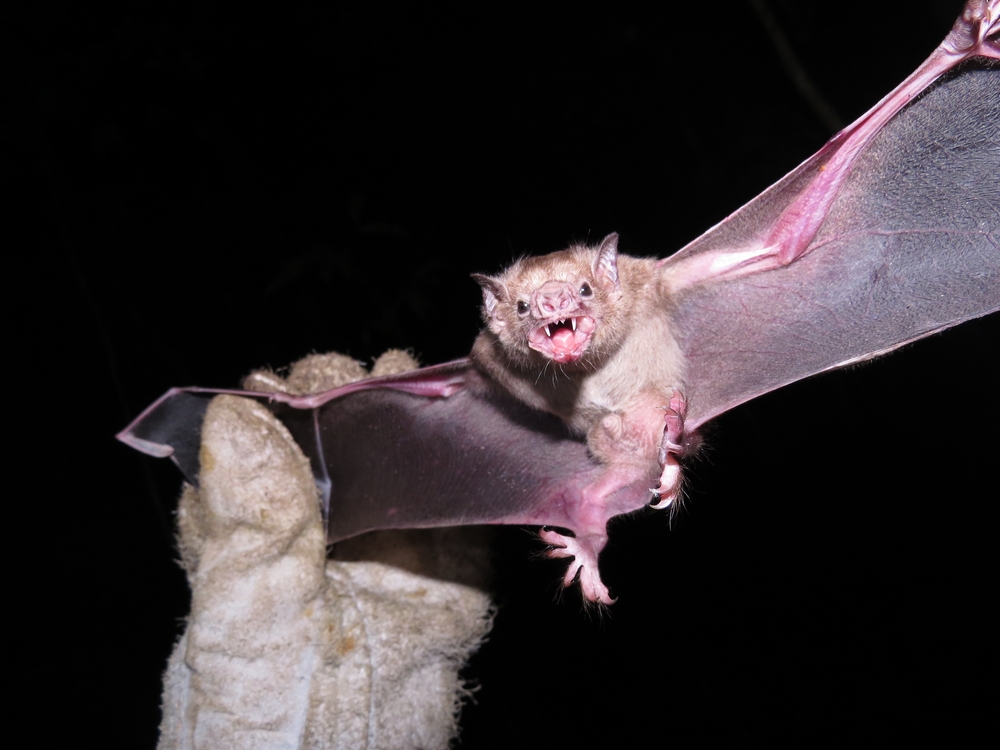
Vampire bats may sound sinister, but their social behavior provides an interesting perspective on community and cooperation. These bats engage in a practice known as reciprocal altruism, where they share blood meals with roost-mates who have been unsuccessful in feeding. This behavior ensures that the entire colony remains nourished and healthy. It’s a fascinating example of trust and cooperation within animal societies.
The act of blood-sharing demonstrates a complex social system based on mutual benefit and survival. It highlights the importance of social bonds and reciprocity in the animal kingdom, where cooperation can enhance the survival of the group. This instinctive behavior underscores the intricate balance between self-interest and communal welfare. The social interactions of vampire bats provide a unique window into the cooperative dynamics present in nature.
15. Monarch Butterflies’ Multigenerational Migration
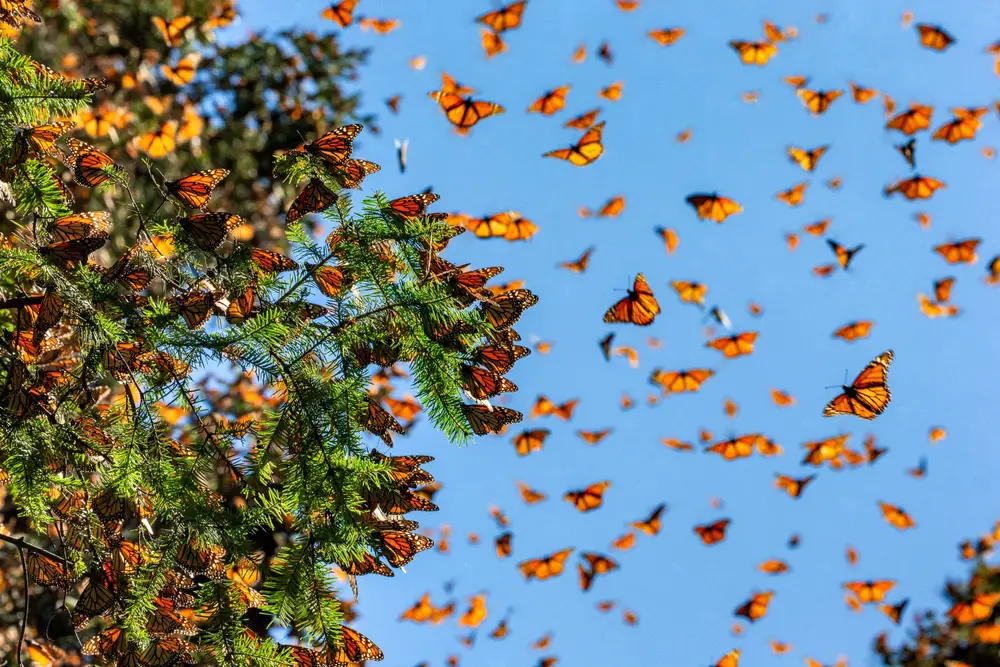
Monarch butterflies embark on one of the most remarkable migrations in the animal kingdom, spanning multiple generations. This epic journey takes them from North America to central Mexico, covering thousands of miles. What’s astonishing is that no single butterfly completes the round trip; instead, the journey is completed over several generations. Each generation instinctively continues the migration path, guided by an inherited map etched in their genetic code.
The multigenerational migration of monarch butterflies is a testament to the power of instinct and the continuity of life. It illustrates the awe-inspiring complexity and resilience of natural cycles. This journey showcases the deep-seated instincts that drive survival and adaptation across generations. The monarchs’ migration is a beautiful reminder of the interconnectedness of all living things, woven together by the threads of evolution.
